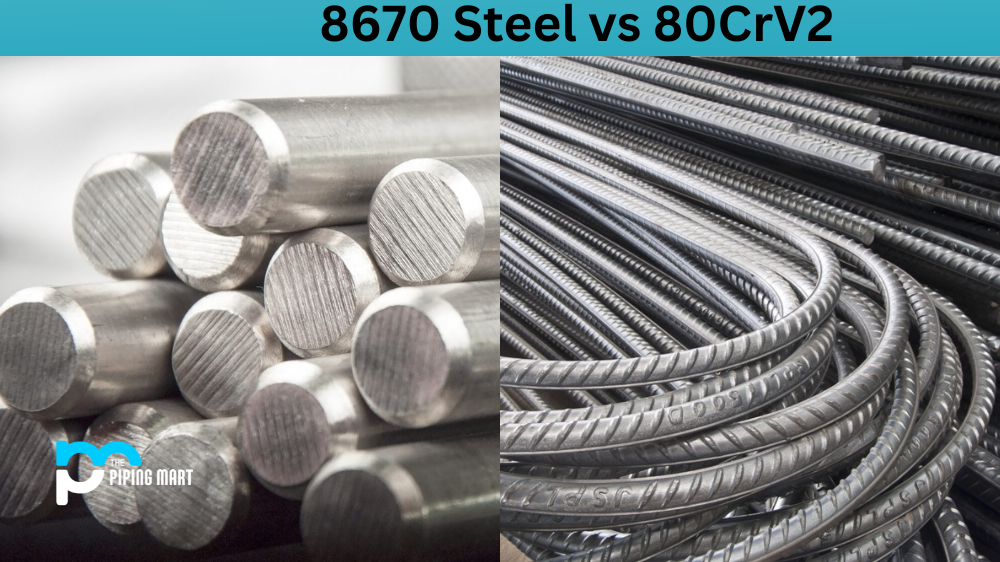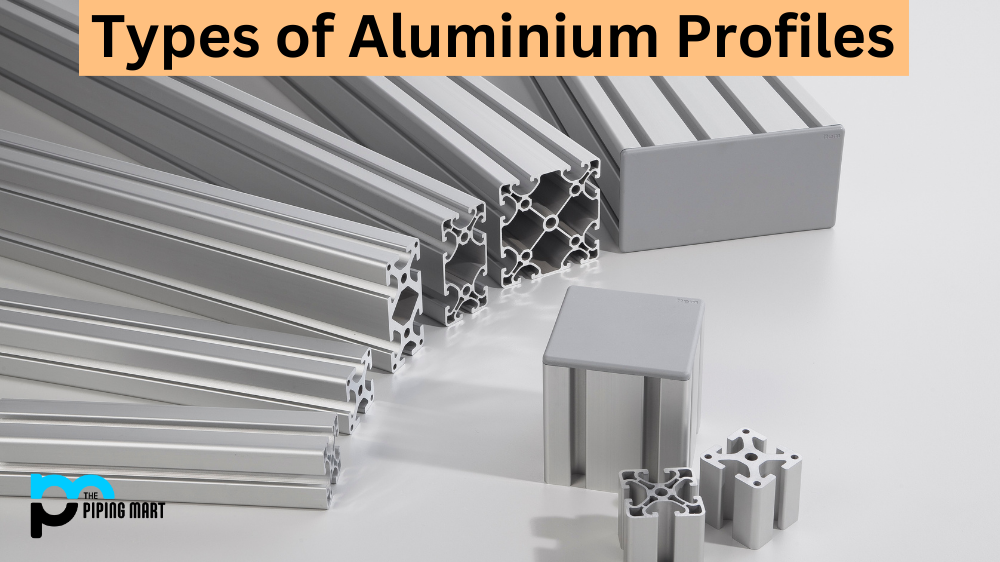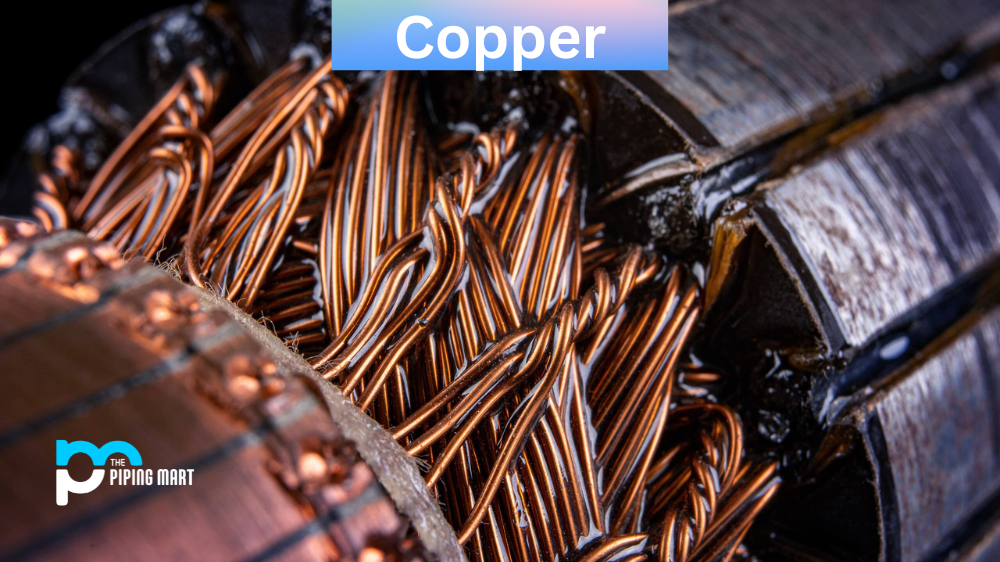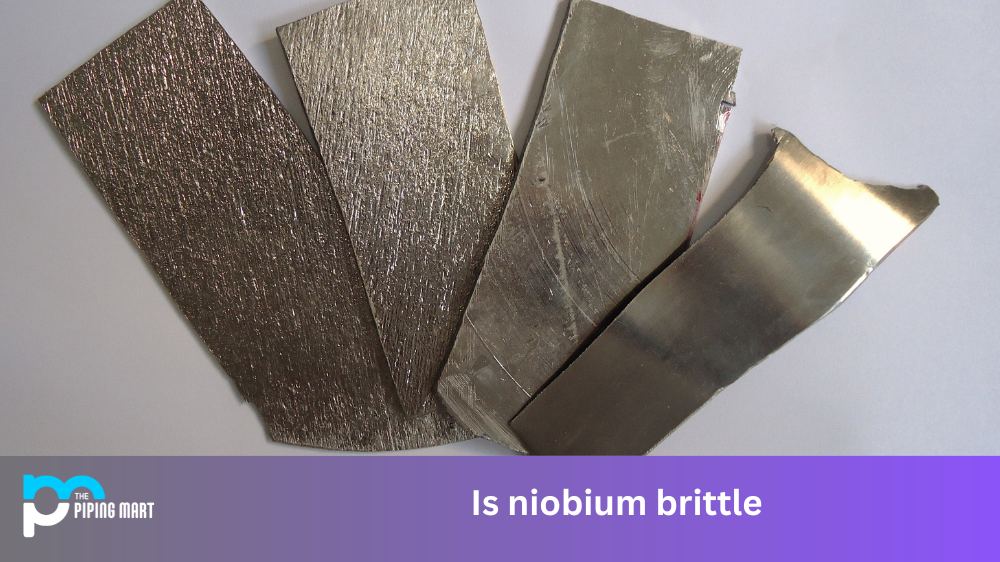For anyone even remotely interested in knives, the choice of blade steel is something they take very seriously. Blade steel determines a knife’s durability, edge retention, and performance. However, with so many types of steel available, it can take time to decide which one to choose. In this post, we’ll be pitting two popular sheets of steel against each other – 8670 steel and 80CrV2 – and exploring their similarities, differences, pros, and cons.
What is 8670 Steel?
8670 steel is a type of high-carbon steel with a Chromium-Molybdenum-Vanadium (CrMoV) formula. The high carbon content strengthens the steel, while the CrMoV elements increase its hardness, wear, and corrosion resistance. It is easy to forge, machine and sharpen and is commonly used to produce knives, axes, and other cutting tools. 8670 steel is also known for its enhanced toughness and edge retention, making it ideal for heavy-duty tasks.
What is 80CRV2 Steel?
80CrV2 is a high-carbon alloy steel with the addition of Chromium and Vanadium to its formula. It is similar in composition to 1080 steel but with added Vanadium for improved wear resistance and toughness. 80CrV2 steel is an excellent choice for knives because it can be heat-treated to achieve a razor-sharp edge and is relatively easy to sharpen, even for beginners. It is also known for its high corrosion resistance, making it an ideal option for tactical and outdoor knives.
Difference Between 8670 Steel and 80CrV2
How do they compare?
In terms of composition, 8670 steel and 80CrV2 steel are similar. Both are high-carbon alloy steels containing Chromium, Molybdenum, and Vanadium, but the ratios and quantities of these elements vary. 8670 steel tends to be slightly tougher and more durable than 80CrV2 steel and more resistant to chipping. On the other hand, 80CrV2 steel is easier to sharpen and produces a sharper edge. Both steels are excellent choices for knives, but the choice ultimately depends on the intended use, preferences, and other factors.
Advantages and Disadvantages of 8670 Steel and 80CrV2 Steel
The advantages of 8670 steel include its exceptional toughness, durability, edge retention, and resistance to wear and chipping. It is an excellent choice for heavy-duty tasks and suitable for outdoor and tactical knives. One downside of 8670 steel is that it can be challenging to sharpen due to its high hardness and the presence of Molybdenum, which can form hard carbides. The pros of 80CrV2 steel include its ease of sharpening, high corrosion resistance, and the ability to hold an edge for prolonged periods. However, it is easier than 8670 steel and is susceptible to chipping.
Conclusion
Choosing between 8670 steel and 80CrV2 steel is ultimately a matter of personal preference and intended usage. Both types of steel are excellent choices for knives, offering exceptional durability, toughness, and edge retention. While 8670 steel may be tougher, 80CrV2 steel is sharper and easier to sharpen, making it ideal for certain applications. Ultimately, it’s up to the user to decide which steel type best suits their needs, but whichever one they choose, they can be sure of getting a high-quality blade that offers outstanding performance and longevity.

Meet Bhavesh, a seasoned blogger with a wealth of knowledge and experience. From metal products manufacturing to retail, Bhavesh has a diverse background in various industries and is dedicated to sharing his insights and expertise with readers.




